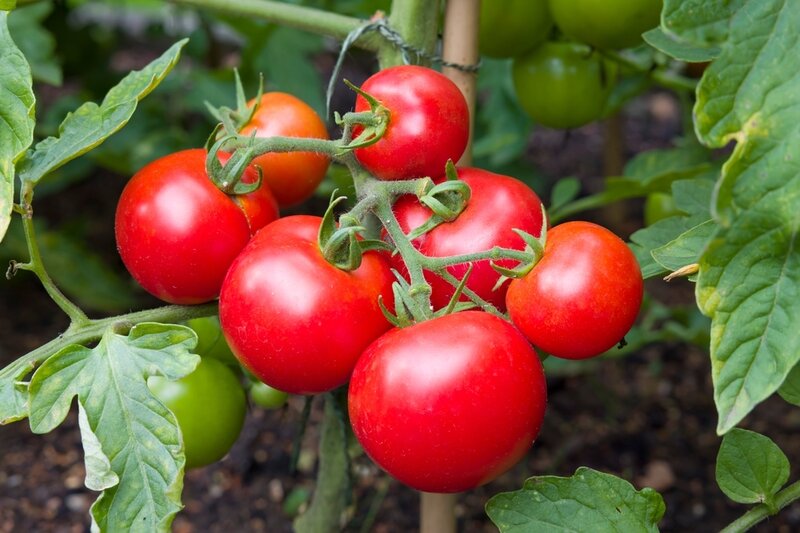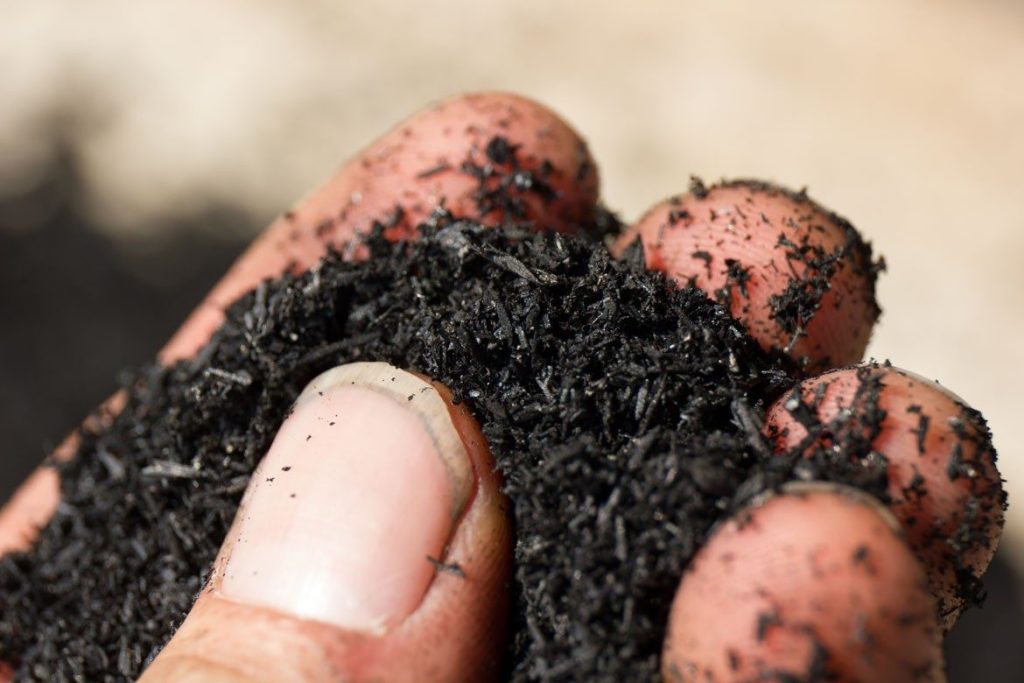Regardless of the actual value of the products, you see the potential of using related ferroalloys in this section.
All content on this page has been created by ChatGPT 4 AI

Ferrosilicon
Recent studies have revealed various effects of Ferrosilicon (FeSi) on agriculture. Despite its higher price compared to other chemical fertilizers, there’s no economic justification for its widespread use. However, it’s been established that Ferrosilicon doesn’t adversely affect soil; instead, it promotes fertility. Silicon, often overlooked in plant nutritional programs, can be effectively supplied through Ferrosilicon, thus contributing to plant health and growth.
Soil Fertility
When employed as a soil amendment, Ferrosilicon can yield beneficial effects on soil fertility. It enhances soil structure, augments nutrient availability, and boosts microbial activity. Moreover, Ferrosilicon aids in improving root penetration and nutrient absorption by plants, primarily by mitigating soil compaction.

Plant Nutrition
Ferrosilicon plays a crucial role in supplying essential nutrients to plants, thereby enhancing their resistance against diverse stresses such as drought, pests, and diseases. By providing silicon content to the soil, Ferrosilicon promotes healthy plant growth and fortifies plants against various environmental and biological challenges, ultimately bolstering their resilience.

Product Yield and Quality
The utilization of Ferrosilicon in agriculture has been correlated with augmenting product yield and enhancing quality. By bolstering soil fertility and supplying essential nutrients, Ferrosilicon facilitates robust plant growth, thereby elevating the yield of agricultural products and the overall volume of plant mass. Furthermore, Ferrosilicon’s positive impact on plant health and stress resistance can culminate in improved product quality, characterized by enhanced disease resistance and prolonged shelf life.

Pest and Plant Disease Management
Observations have shown that Ferrosilicon plays a role in managing pests and diseases in certain crops. The silicon derived from Ferrosilicon reinforces plant cell walls, rendering them more resilient against insect pests and fungal pathogens. While Ferrosilicon alone may not entirely eradicate pests or diseases, it can supplement an integrated pest management strategy and diminish reliance on chemical pesticides.

Magnesium Ferrosilicon
Ferrosilico Magnesium has many applications in the agricultural industry.
Animal Feed
FerrosilicoMagnesium is occasionally integrated as a Magnesium supplement in animal feed. Livestock such as dairy cattle or sheep necessitate sufficient Magnesium intake for optimal metabolic function and overall well-being. Incorporating ferrosilicoMagnesium into their feed can assist in fulfilling their Magnesium requirements and forestall deficiencies that might precipitate health issues.
Soil Amendment
Ferrosilicon Magnesium can serve as a mineral fertilizer, providing the essential Magnesium element for soil amendment to rectify Magnesium deficiency in agricultural soils. It proves particularly valuable in soils with low Magnesium levels, as it offers a gradual release of Magnesium. Typically, Ferrosilico Magnesium is either incorporated into the soil or used as a spray solution to enhance plant health and promote growth.

Plant Nutrition
Ferrosilico Magnesium serves as a beneficial fertilizer additive, augmenting plant nutrition and frequently employed alongside other fertilizers to deliver balanced nutrients for plants. It enhances the availability of Magnesium in soil, a critical element for numerous metabolic processes in plants, including chlorophyll production and photosynthesis.

Microsilica
Microsilica powder, also referred to as Silica Dust, can exert various effects on agriculture.
Plant Growth
Microsilica is beneficial for plant growth and development. It enhances root growth, strengthens plant cell walls, and increases resistance to stresses like drought, salinity, and disease. Additionally, Microsilica boosts photosynthesis and chlorophyll production, leading to improved plant growth and productivity.

Soil Improvement
Microsilica can be used as a soil amendment to enhance soil quality and fertility. It contains high levels of amorphous silica, which can increase soil structure and water holding capacity. Additionally, Microsilica can boost the cation exchange capacity of soil and improve nutrient availability for plants.
Nutrient Conservation
Microsilica has the ability to retain nutrients in the soil and prevent them from being washed away. It can bind with nutrients such as phosphorus, preventing them from liquefying and making them more available to plant roots; This can help reduce fertilizer losses and improve nutrient use efficiency.
Pest Resistance
Microsilica aids in plant defense against diseases and pests by creating a physical barrier on plant surfaces, making it more difficult for pathogens and pests to penetrate. Plants enriched with silica have demonstrated increased resistance to fungal infections, insect feeding, and certain viral diseases.
Heavy Metal Modification
Microsilica can bind with heavy metals in the soil, reducing their bioavailability and potential toxicity to plants, thus improving soil health and plant growth.

